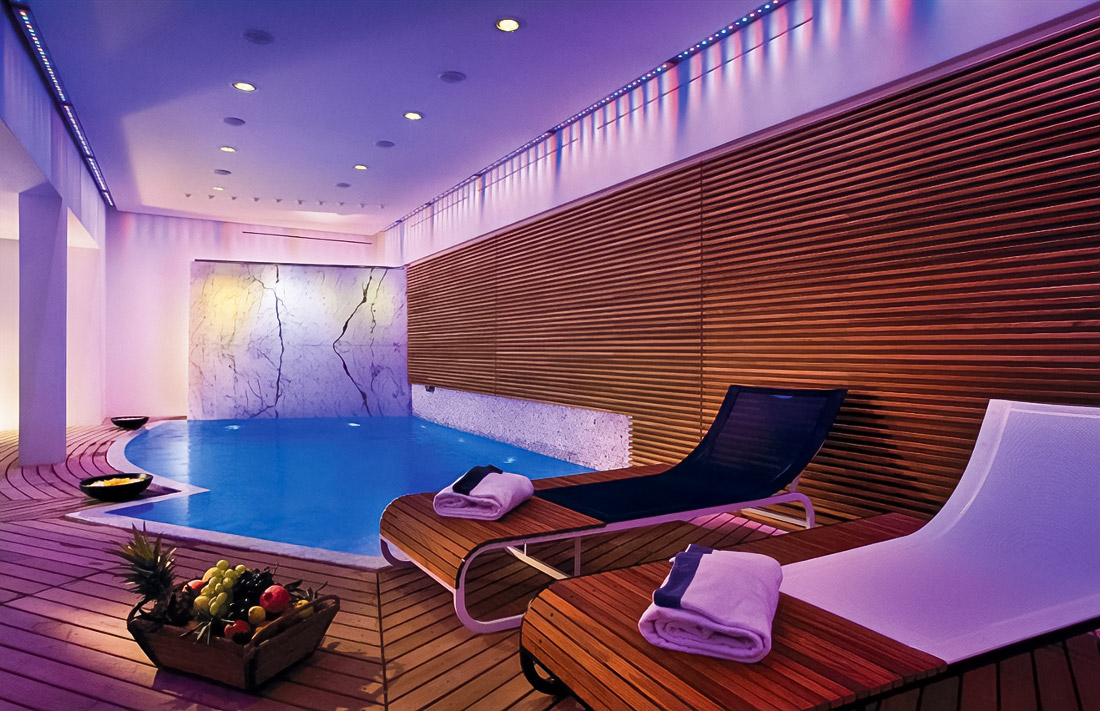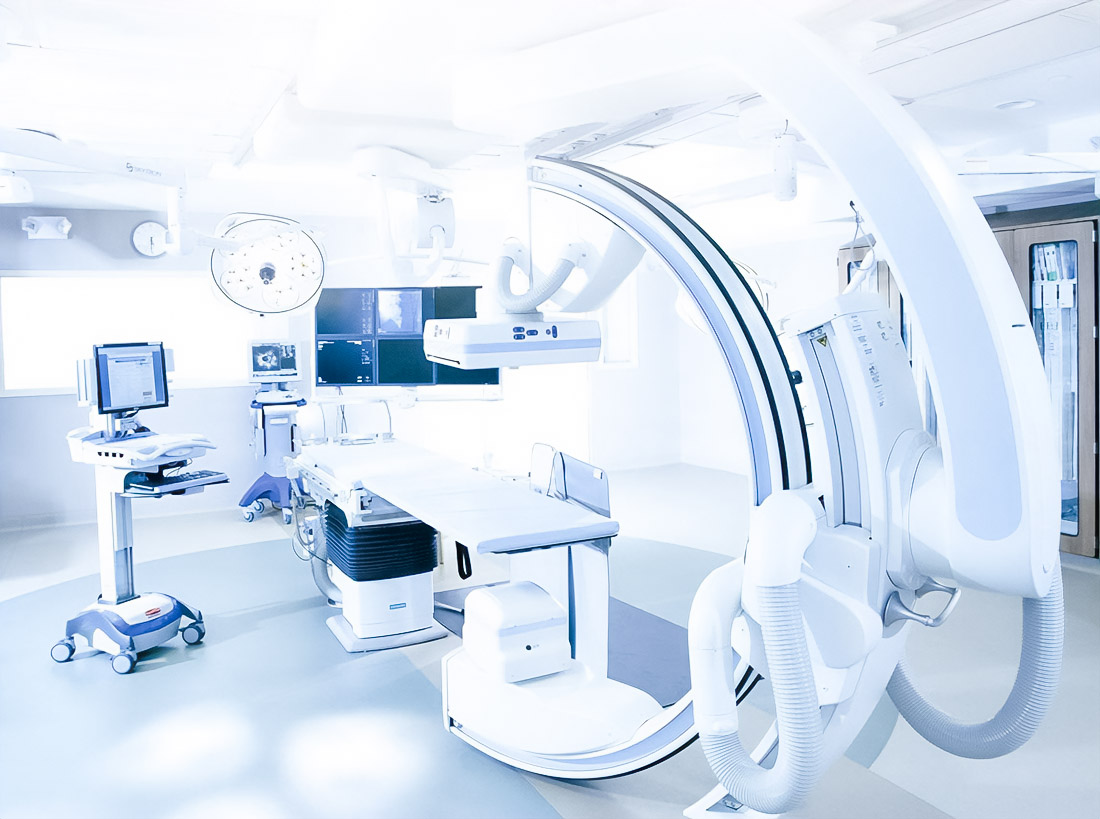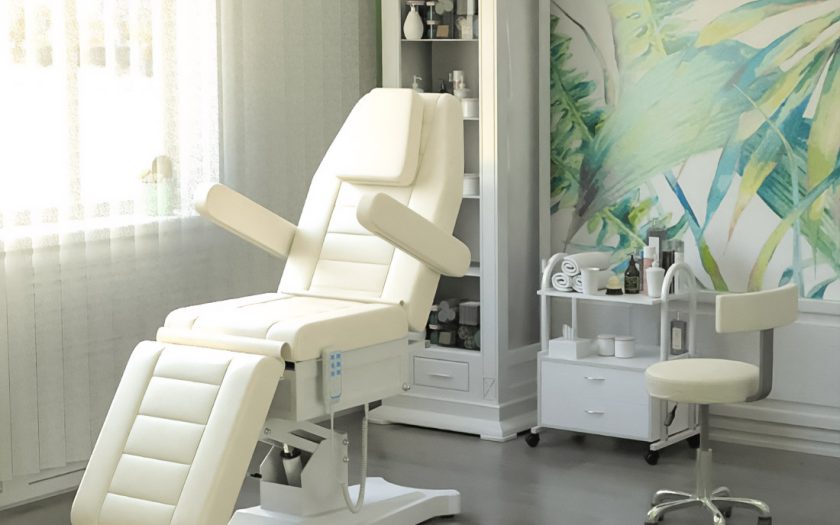Acoustic wave therapy (AWT) is a modern, non-invasive method that is actively applied in dermatology and cosmetology. Developed for the treatment of orthopedic diseases, such as tendinitis and fasciitis, it quickly acquired popularity in cosmetic medicine. This method is based on the use of sound waves with high intensity to improve the texture and condition of the skin. Thanks to the ability to stimulate cellular activity and change the structure of the dermis, AWT provides impressive results. Find out more about AWT treatment.
Clinical Applications AWT: Spectrum Possibilities
- Cellulite: One course therapy showed in studies reduction manifestations cellulite by 30%-40%.
- Wrinkles: Significant reduction of deep wrinkles observed in 70% of patients after procedures.
- Stretch marks: Reduction length and depth stretch marks noted on average by 50%.
Mechanism Action: How AWT Affects skin

Acoustic waves penetrate deep layers of skin, leading to microtraumas, which stimulate regenerative processes. The key aspect of mechanism action lies in the cavitation – process, which enhances blood circulation and metabolic processes. This not only contributes to the improvement of skin but also activates cellular activity. More about cavitation.
Role Fibroblasts in Maintaining Health skin
Fibroblasts critical for healthy skin. They participate in the synthesis of collagen and elastin, providing firmness and elasticity. In conditions of stimulation, fibroblasts activated, intensively producing proteins necessary for the restoration of damaged tissues.
Scientific Facts: Influence AWT on Fibroblasts
- Activation mechanoreceptors: Fibroblasts launch cascade signals for enhanced proliferation.
- Expression genes: AWT increases the quantity of genes associated with collagen I and III types.
- Production matrix: Stimulation production fibronectin and hyaluronic acid.
AWT and Angiogenesis: Enhancement Blood Circulation for Optimal Recovery

Stimulation angiogenesis enhances blood supply, which improves the delivery of oxygen and nutrients to the skin. This is a key factor in the acceleration of regeneration and healing of damaged tissues. Find out more about angiogenesis.
Clinical Research: Confirmation Effectiveness AWT
Studies demonstrate that after course therapy, patients note significant improvement in skin condition. Examples are studies conducted among women with cellulite, where noted reduction manifestations by 35%-50% after 4-6 sessions. Deterioration wrinkles were observed only in 10% of patients, while 80% noted significant improvement in the texture of the skin.
Potential Risks and Limitations: What to Expect?

Like any medical procedure, AWT has its risks. Although therapy is considered safe, sometimes side effects, such as redness or mild pain. Effectiveness may vary depending on the type of skin and the degree of severity of the problem in patients. More about AWT therapy.
Future Prospects: What awaits Acoustic Wave Therapy?
In the future, more in-depth research on molecular mechanisms impact AWT. This will allow optimized parameters therapy and increase its effectiveness. Studying long-term effects and possibilities in combination with other methods is also a priority in scientific circles. With further development, AWT may become the main tool in dermatology and cosmetology.

Baseball fan, coffee addict, record lover, Vignelli fan and TDC honorary member. Working at the nexus of beauty and purpose to craft experiences that go beyond design. I am 20 years old.
